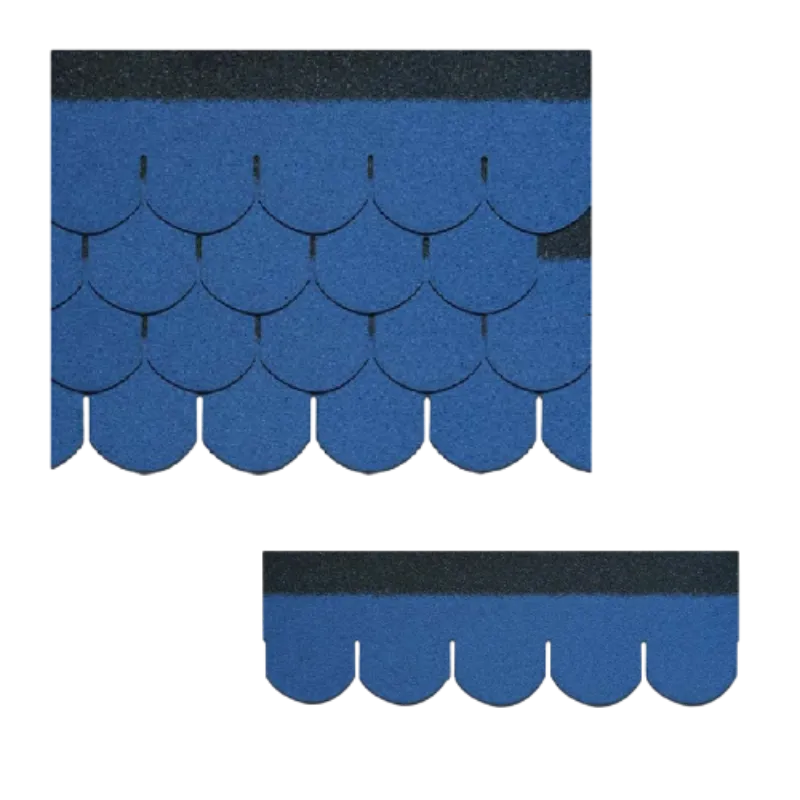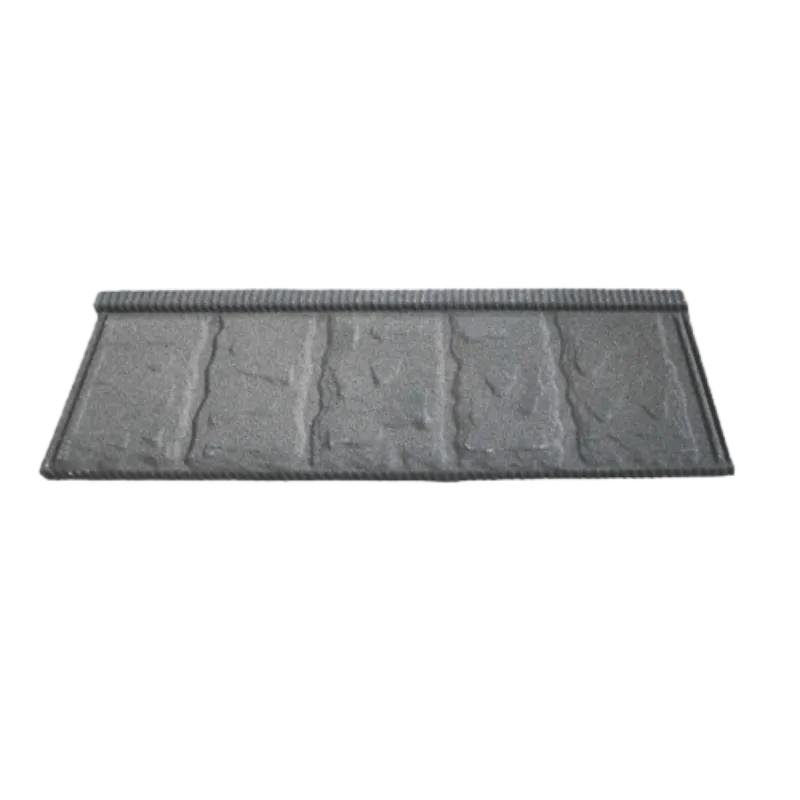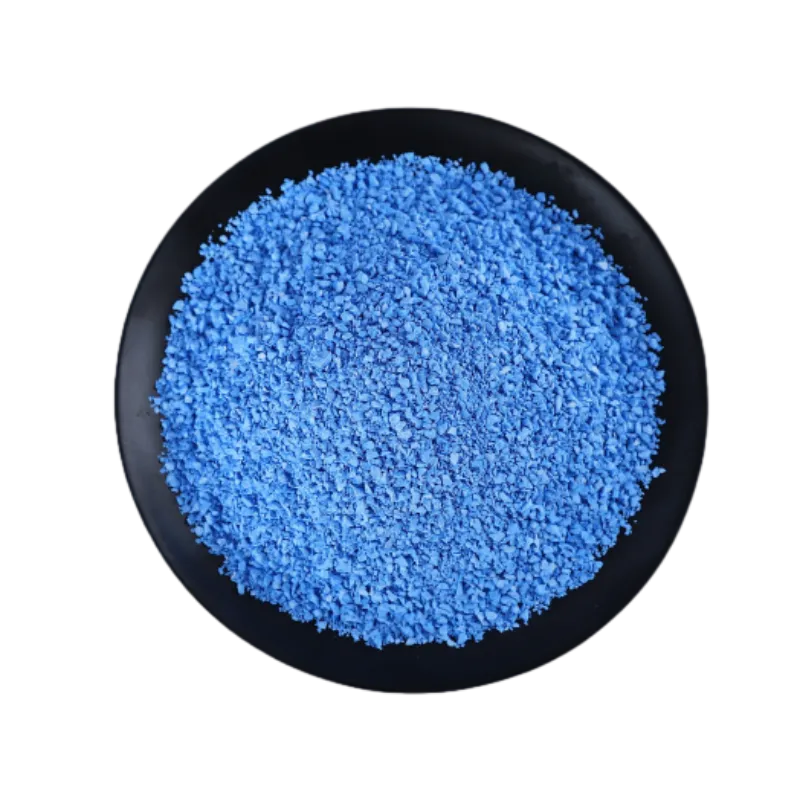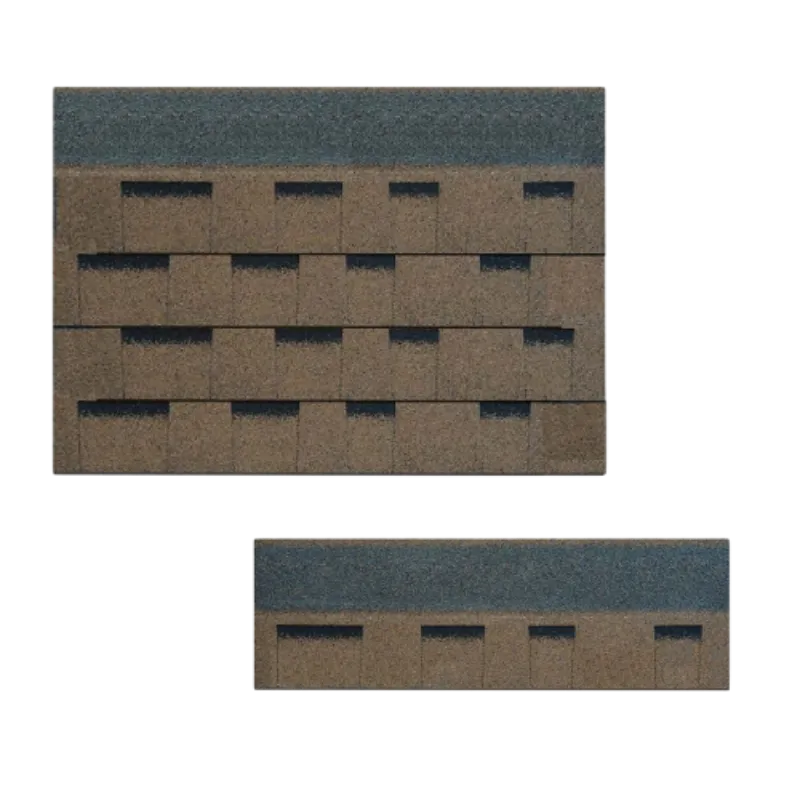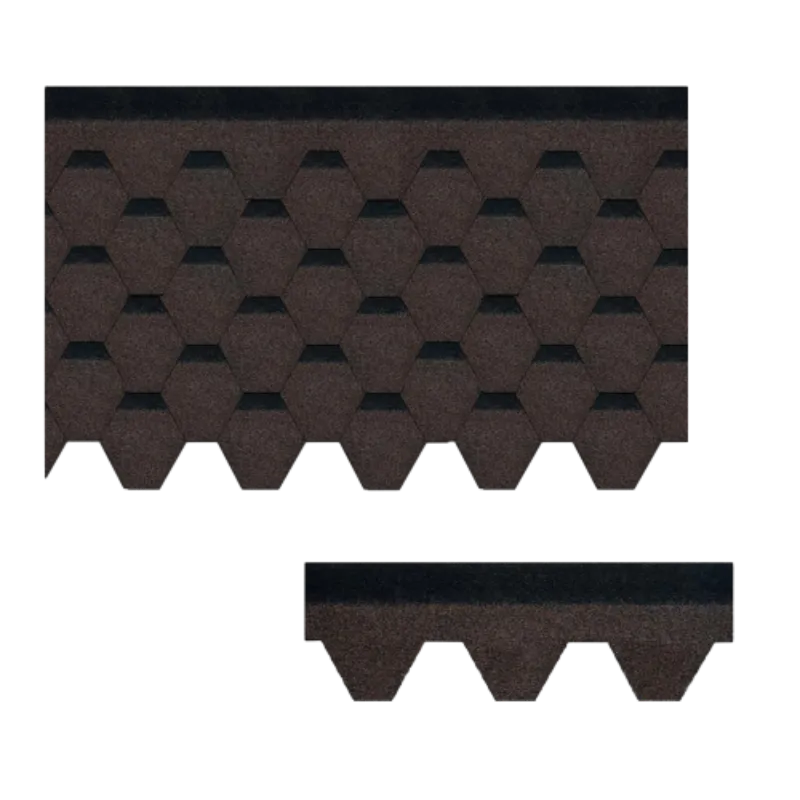
Nov . 24, 2025 19:30 Back to list
Black Clay Tile: Durable, Sustainable Roofing for Modern Needs
What Exactly Makes Black Clay Tile So Relevant Today?
If you’ve ever marveled at a classic Mediterranean roof or admired the artistry of artisanal ceramics, you might not realize how globally important black clay tile has become beyond its aesthetic charm. It’s more than just a roofing staple — black clay tile embodies centuries of craftsmanship paired with surprisingly modern benefits. Understanding its role matters, especially when sustainable and resilient building materials are the buzzwords of today’s construction world.
From energy-efficient housing in hot climates to eco-friendly infrastructure in flood-prone zones, black clay tile is quietly ticking boxes that global agencies like the United Nations and ISO are increasingly spotlighting. And let’s be honest: embracing materials that offer durability, cultural authenticity, and thermal benefits stands to impact not just architecture, but entire communities worldwide.
Mini takeaway: Black clay tile isn’t just tradition; it’s a bridge to smarter, greener construction on a global scale.Black Clay Tile in the Global Context
To put it bluntly, the building sector accounts for nearly 40% of global energy consumption and CO2 emissions according to the International Energy Agency. In this urgent energy-saving race, natural materials like clay come to the rescue. Black clay tile is abundant, affordable, and historically proven to provide excellent insulation, temperature regulation, and water resistance — qualities that a prefab concrete block or steel panel can’t match on their own.
More than 3 billion people live in homes made (at least partially) of clay-based materials worldwide, emphasizing its direct role in housing security. The challenge? Balancing modern demands with environmental and cultural sustainability. And black clay tile fits right inside this intersection as a locally sourced, recyclable option that minimizes industrial waste.
Mini takeaway: Black clay tile represents a critical material in sustainable construction that aligns with global climate goals and housing access.Breaking It Down: What is Black Clay Tile?
At its core, black clay tile is a ceramic roofing (and sometimes flooring) product crafted mainly from locally sourced clay, fired at high temperatures until vitrified — giving it that signature dark coloration and durability. Unlike ordinary red or terracotta tiles, black clay varieties have mineral compositions or aging techniques that reinforce their water resistance and longevity.
From a humanitarian perspective, black clay tile offers a durable, low-tech roofing solution for rebuilding homes after disasters — which is why NGOs and international builders often employ them in rural and resource-limited settings. They combine traditional production methods with modern quality control to meet today’s safety standards.
Key Characteristics of Black Clay Tile
1. Durability
The clay’s mineral makeup and firing process make black clay tile incredibly resistant to weathering, UV rays, and moisture. Many engineers have noted that correctly maintained black clay roofs can last over 50 years — sometimes even a century.
2. Thermal Regulation
Oddly enough, these tiles keep interiors cool during boiling summers and retain warmth in colder months, lowering energy needs for heating or cooling. In hot regions like southern Spain or parts of India, that thermal inertia is priceless.
3. Cost Efficiency
While raw clay is cheap and locally abundant, artisanship adds value without sky-high expenses. Compared to synthetic roofing materials, black clay tiles often require less frequent replacement and lower maintenance.
4. Environmental Impact
Fully recyclable and non-toxic, black clay tiles avoid the harmful chemicals associated with many industrial roofing materials. Their production can be powered by sustainable energy sources, reducing carbon footprints even further.
5. Aesthetic and Cultural Significance
Beyond materials science, the black clay tile carries cultural authenticity that new synthetic materials just can’t replicate. In many communities, roofing style ties directly into identity and heritage preservation.
Mini takeaway: The secret sauce of black clay tile lies in combining longevity, eco-friendliness, and cultural roots.Global Applications and Who’s Benefiting
Some might be surprised how widely black clay tiles pop up, from the Mediterranean basin to parts of Asia, Africa, and the Americas. Here’s a brief look at key sectors:
- Disaster Relief Housing: In Indonesia and the Philippines, post-typhoon rebuilding often integrates black clay tile roofing for its durability and local sourcing — speeding up recovery while boosting local economies.
- Ecotourism Resorts: Luxury lodges in Kenya and Costa Rica use black clay tiles not just for looks but to ensure sustainable lodging that respects the local climate and culture.
- Urban Greening Projects: In Europe, green buildings hybridized with traditional black clay tile are gaining attention — balancing heritage preservation with LEED certification goals.
| Black Clay Tile Specification | Details |
|---|---|
| Material | Natural locally sourced clay with iron minerals |
| Color | Deep black to dark brown (mineral influenced) |
| Dimensions | Approximately 30cm x 20cm x 1.5cm thick |
| Firing Temperature | 1,000-1,100 °C |
| Weight | ~3.5 - 4.0 kg per tile |
| Life Expectancy | 50+ years with proper installation |
Why Black Clay Tile Still Holds the Crown
So, why does this humble material matter beyond being a nostalgic relic? In real terms:
- Cost savings come from needing fewer replacements and less energy for climate control.
- Sustainability is built right in — it’s fully recyclable and requires minimal fossil fuels in production.
- Social impact includes job creation in artisan communities and preservation of cultural craft techniques.
- Reliability & Safety — its fire resistance and weatherproof nature mean fewer natural disaster losses.
People who choose black clay tile are often driven by a mix of logical planning and emotional ties to place — it’s both smart and soulful.
Looking Ahead: The Future of Black Clay Tile
While black clay tile has a long legacy, innovation isn’t standing still:
- Digital 3D modeling and scanning help artisans customize tiles faster with less waste.
- Green energy for firing kilns — solar-powered or biomass-fueled kilns reduce kiln emissions, sweetening the sustainability story.
- Hybrid Products blending clay with recycled plastics or composites to boost strength without losing tradition.
- Policy-driven support: Some countries are easing tariffs or providing subsidies to promote clay tile use, recognizing climate and cultural benefits.
Common Challenges and How Industry Tackles Them
Every material has its quirks. For black clay tile, some known challenges include:
- Weight: It’s heavier than some alternatives, requiring robust roof framing.
- Installation skill: Not every roofer knows traditional fitting methods, making quality control vital.
- Availability: In some urban areas, local clay isn’t easily sourced, pushing prices up.
Yet solutions exist: engineered framing systems to handle heavier roofs, specialized training programs for installers, and efforts by vendors to create regional supply chains solve these pain points effectively.
| Vendor | Location | Price per Tile | Sustainability Features | Lead Time |
|---|---|---|---|---|
| TerraCraft | Spain | $3.50 | Solar kiln firing, locally sourced clay | 2-3 weeks |
| EcoTiles Co. | Indonesia | $2.80 | Biomass kiln firing, artisan collaborations | 3-4 weeks |
| BlackRock Tiles | USA (Southwest) | $4.20 | Recycled clay blends, LEED credits eligible | 4-5 weeks |
FAQ: Your Top Black Clay Tile Questions Answered
Q1: How does black clay tile fare in heavy rainfall areas?
Black clay tile is excellent at shedding water thanks to its dense, vitrified surface. Proper installation with overlapping layout prevents leaks. Many tropical regions use it specifically for this reason. However, the roof structure must ensure good drainage to avoid pooling.
Q2: Are black clay tiles easy to replace if damaged?
Individual tiles can be replaced relatively easily without dismantling an entire roof. Since many manufacturers produce standardized sizes, finding matches shouldn’t be a huge challenge if you keep extra stock or contact local suppliers.
Q3: Is installing black clay tile more expensive than alternatives?
Initial installation costs can be somewhat higher due to weight and labor skill requirements. That said, over the tile’s 50+ year lifespan, maintenance and replacement expenses are much lower than metal or asphalt roofing, often balancing out overall costs.
Q4: Can black clay tile roofs handle seismic activity?
Because tile roofs are heavy, they require reinforced framing in earthquake zones. With proper engineering, they can be made safe and compliant with local building codes. Additionally, some manufacturers innovate lighter composite versions while maintaining traditional aesthetics.
Wrapping It Up
Whether you’re a developer seeking sustainable materials, an architect fascinated by cultural heritage, or an NGO focused on resilient housing, black clay tile deserves a close look. Its blend of durability, environmental sense, and aesthetic appeal makes it a surprisingly potent choice in our evolving world. Interested in exploring the variety of black clay tiles available? Visit our website at Cool Roof Materials and see options that might just change how you build tomorrow.
Honestly, sometimes the oldest materials have the best stories — and the smartest futures.
References
-
Red Clay Roof Tiles: Durable, Sustainable & Stylish Roofing Solutions
NewsNov.23,2025
-
Durable and Sustainable Ceramic Roofs: A Global Perspective on Design & Innovation
NewsNov.23,2025
-
Synthetic Clay Tile Roof – Durable, Eco-Friendly Roofing Solutions for Modern Buildings
NewsNov.22,2025
-
Expert Guide to Terracotta Tile Roof Restoration - Sustainable Preservation & Repair
NewsNov.21,2025
-
Planum Roof Tiles – Durable, Sustainable Flat Roofing Solutions for Global Needs
NewsNov.20,2025


